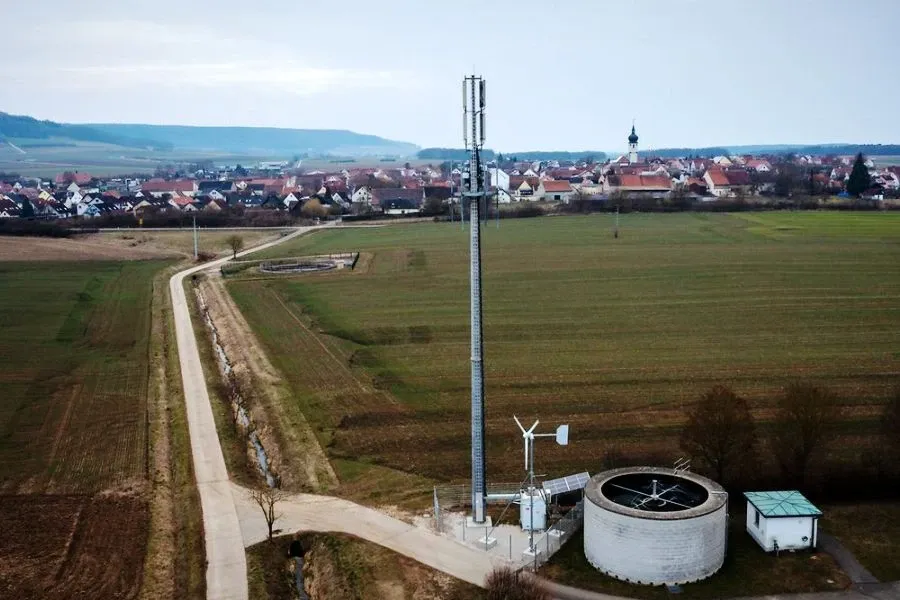NVIDIA Launches New Generation of Open Models for Agentic AI
NVIDIA announced Nemotron 3, a new generation of open models and data libraries designed for building agentic AI systems across industries.

A successful trial on Deutsche Telekom‘s 5G-enabled network could pave the way for major advances in sustainable mobile site operations through the use of renewable energy. The joint Ericsson and DT initiative has transformed a live radio site using a management solution to efficiently harness solar and wind energy while optimizing power supply and demand.
A major goal of the Ericsson-DT partnership is to identify and validate energy efficiency and energy cost-cutting solutions based on optimized energy consumption and control and increased usage of renewable energy sources. The site in the Bavarian municipality of Dittenheim, about 120km north of Munich, has been part-powered by energy from solar panels since the initiative began more than a year ago. The site currently has 12 sqm of solar modules. Now, Ericsson and DT experts have added a wind turbine, capable of providing up to five kilowatts of additional power, as a second renewable energy power source.
The resulting simultaneous integration of the two renewable energy sources - made possible by the Ericsson Power System (a new Ericsson energy management system) - means the site can theoretically be operated on a stand-alone basis without utilizing its cable connection to the electrical power grid. As long as weather conditions support the use of renewable capabilities, the solution can make a major contribution to powering the site.
The Ericsson Power System provides the necessary voltage conversion and maximum power point tracking (MPPT). The joint control of the two power sources and the batteries are integrated into the same management system that controls the Radio Access Network (RAN). This single management system will allow for quick and easy integration into existing sites in the future. Batteries installed in current systems serve as storage in the event of a power outage. New Ericsson software and control mechanisms enable the management system to use the batteries as dynamic power storage units to make optimum use of the energy generated.
Initial tests showed that on windy days, more renewable energy could be generated than was consumed by site operations. The control of the energy sources includes various functions for hazard prevention as well as automation. For example, in the event of a malfunction, the wind turbine can be automatically deactivated to prevent uncontrolled operation. The next project phase will see the development of additional functions for the efficient use of generated energy and storage capacities. In the near future, the integration of additional energy sources such as fuel cells will replace the need for diesel generators, which are currently kept in reserve for emergencies.